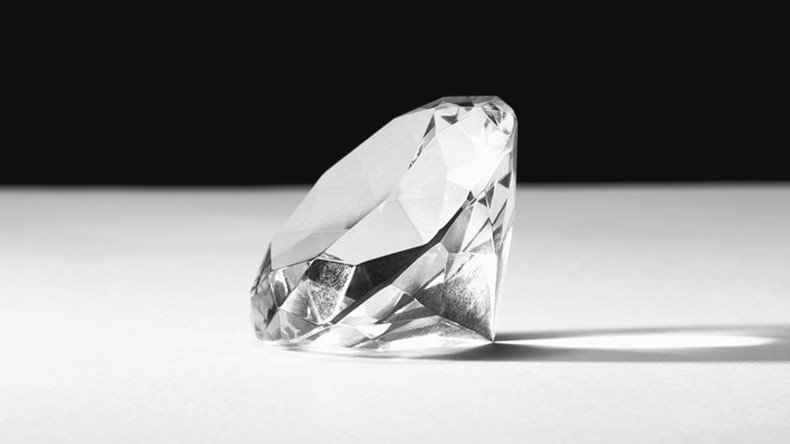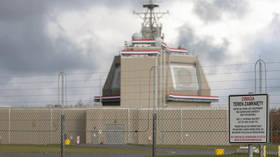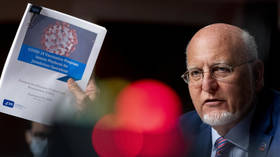Diamonds that ‘know where they are’ could make GPS satellites redundant

Engineered synthetic diamonds could replace global positioning systems and make driverless cars a reality due to their sensitivity to magnetic waves, scientists have claimed.
Experts at Oxfordshire-based tech company Element Six are researching the properties of crystals which contain a gap in the atomic lattice of the diamond, known as a “nitrogen vacancy defect.”
The team claim these lab-grown red diamonds demonstrate a remarkable sensitivity to magnetic waves and hope they could one day be tuned to pinpoint their location on the earth by reading magnetic waves from the sun.
Such an innovation would make GPS satellite navigation redundant and could make driverless cars a reality, as the diamonds are currently able to detect passing vehicles 300 meters away.
Scientists find way to convert nuclear waste into black diamond batteries which last more than 5,000yrs https://t.co/wl0F9HCkevpic.twitter.com/CDsgZ3XF7Q
— RT UK (@RTUKnews) December 2, 2016
“If you have a device that is capable of sensing the surrounding magnetic fields, it also knows where it is,” lead research scientist Richard Bodkin said.
“So once you can harness all of those technologies into a single device, there is no reason why driverless cars can’t be realized.”
The research could also be used to replace MRI sensors, a medical scan which produces detailed images of inside the human body using nuclear magnetic resonance technology.
However such developments could be decades away, warned the team at Element Six, which is majority owned by diamond mining giant De Beers.
The firm currently focuses on developing diamond-edged cutting tools for heavy industry, such as drill bits for oil companies.












